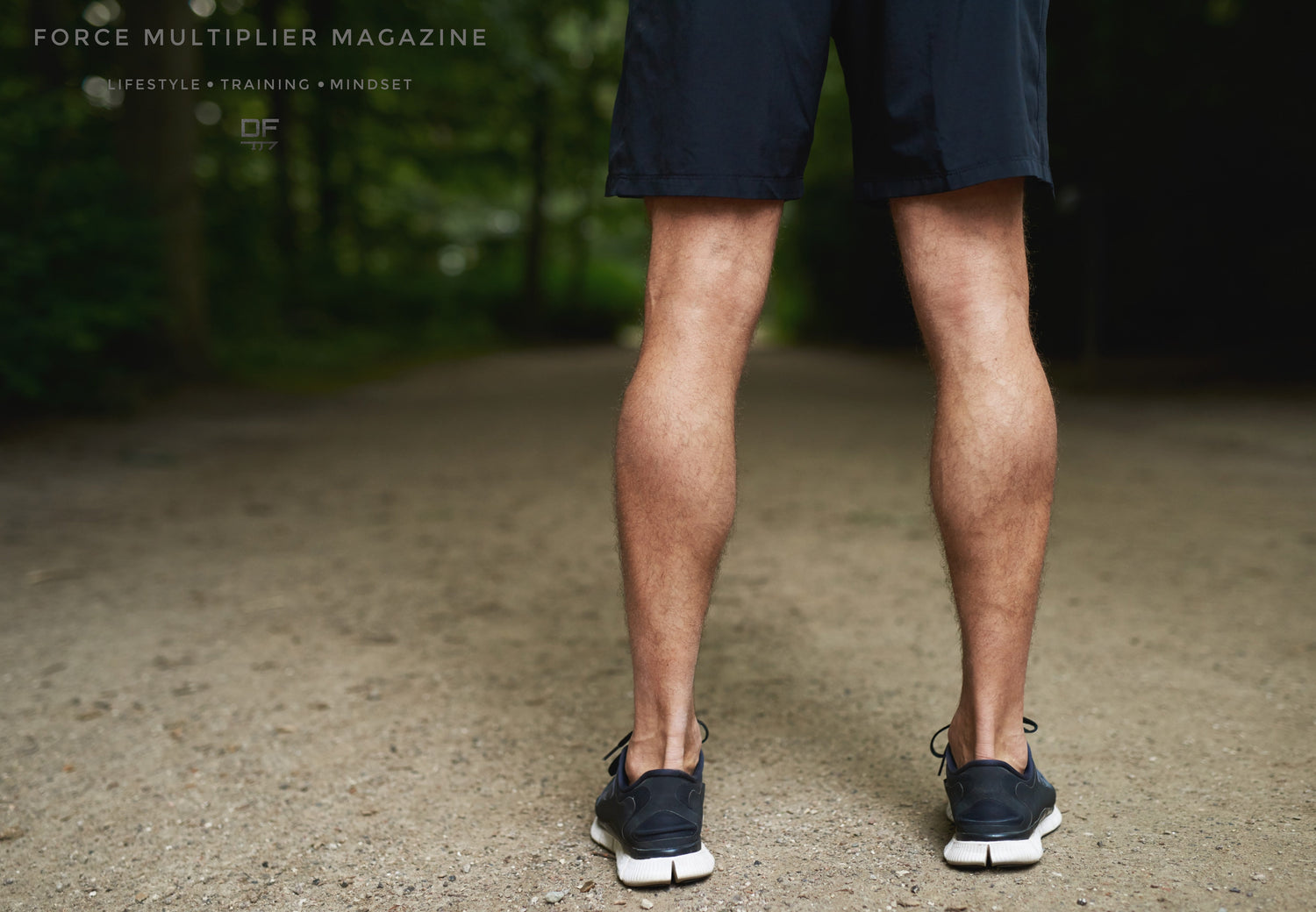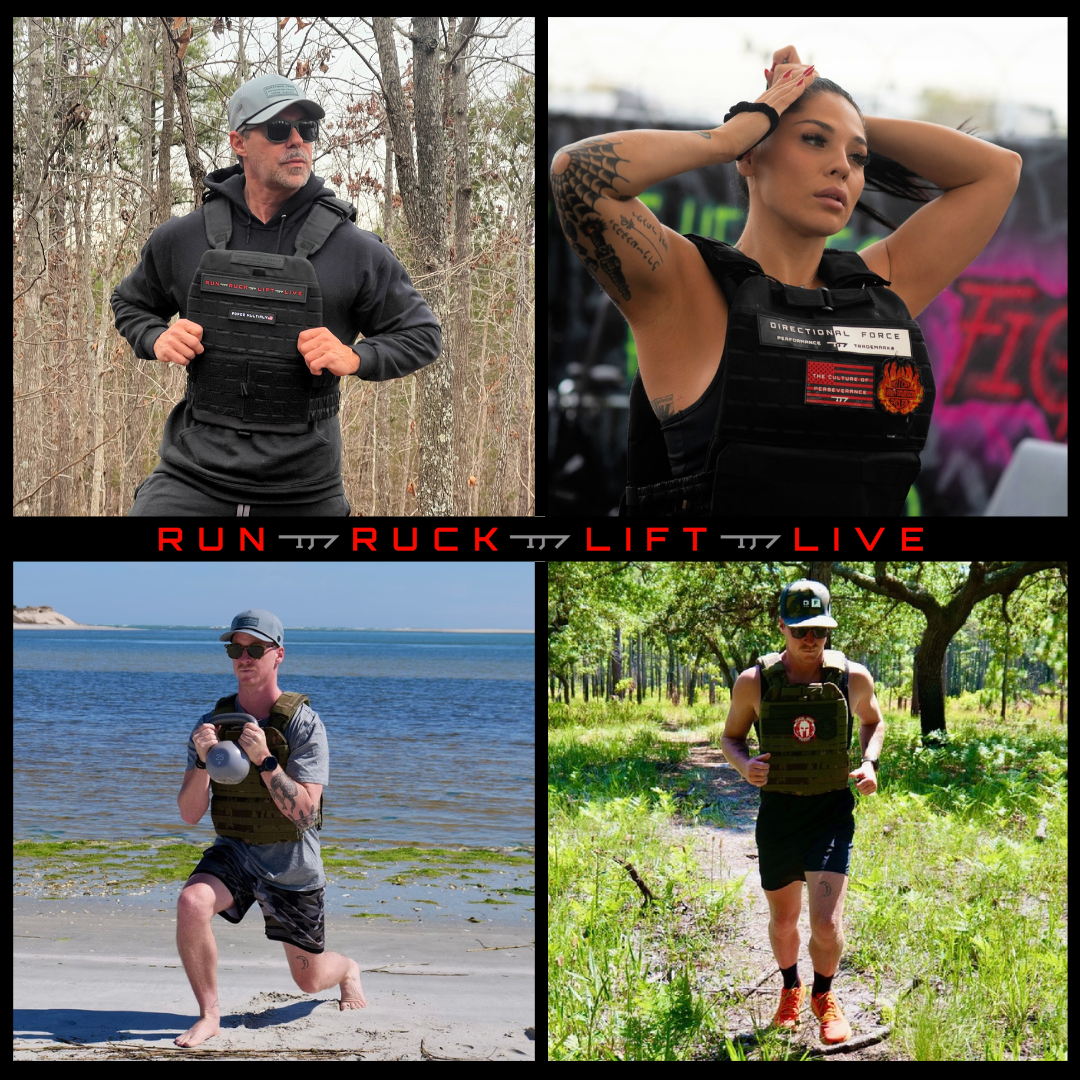In the relentless grind of modern life, where high stakes decisions and endless hustle define our days, even our biology can become a battlefield. One silent saboteur? Blood sugar spikes after meals. These surges aren't just inconvenient, they fuel fatigue, cravings, and long-term risks like insulin resistance and type 2 diabetes. But what if the fix was as simple as standing up and flexing your calves? Emerging research shows that just a few minutes of calf raises or a leisurely post-dinner stroll can blunt those spikes by up to 52%, turning a potential energy crash into sustained fuel for your mission.
For warriors in the arena of performance - whether you're a CEO closing deals at dawn or an operator honing your edge this isn't just health advice. It's a Force Multiplier: stabilizing glucose levels means sharper focus, better recovery, and a body primed for peak output. Let's dive into the science, the why, and a dead-simple workout to integrate into your routine.
The Science: Why Your Calves Are Glucose Guardians
At the heart of this hack is the soleus muscle, a deep, flat powerhouse in your calf that's often overlooked in favor of flashier quads and hamstrings. Unlike most muscles that burn quick glycogen for energy (which can indirectly spike blood sugar), the soleus thrives on slow-oxidative metabolism. It guzzles fat and carbs efficiently, pulling excess glucose from your bloodstream without the drama of a full workout.
A groundbreaking 2022 study from the University of Houston revealed that targeted soleus contractions, like those from calf raises, can elevate this muscle's oxidative activity for hours without fatigue, effectively acting as a "glucose vacuum." Health experts like Cory Zamantakis and Jessie Inchauspé (aka the Glucose Goddess) have popularized the application: Do calf raises right after eating, and you can slash post-meal glucose excursions by 52%, more than double the impact of a 10-minute walk (which clocks in at 12-22% reduction).
Why after dinner? Evening meals often pack the biggest carb punch, and our circadian rhythms make us more prone to spikes then. A quick activation of the soleus interrupts this cycle, promoting steady energy release instead of the rollercoaster. The result? Fewer crashes, better sleep, and a metabolic edge that compounds over time.
The Payoff: Beyond the Numbers
This isn't abstract lab data it's tactical advantage. Stable blood sugar translates to:
- Sustained Mental Clarity: No more 3 p.m. fog or post-feast slump. Glucose control keeps your prefrontal cortex firing on all cylinders.
- Optimized Recovery: Lower inflammation from spikes means faster muscle repair and hormonal balance—key for anyone pushing physical or cognitive limits.
- Long-Term Resilience: Consistent practice reduces diabetes risk by improving insulin sensitivity, buying you more high-performance years.
Even seated versions work wonders for desk-bound operators, making this hack accessible anywhere—from boardrooms to briefings.
Sample Post-Dinner Workout: The 10-Minute Glucose Buster
No gym required. Grab a wall for balance if needed, and aim for this routine 10-15 minutes after your last bite. Start slow to gauge your baseline, then build. Breathe steadily - inhale on the rise, exhale on the lower.
Option 1: Calf Raise Circuit (Targets 52% Spike Reduction)
- Warm-Up (1 minute): March in place to get blood flowing.
-
Seated or Standing Calf Raises (3 sets of 20-30 reps, 30 seconds rest between sets):
- Sit or stand with feet hip-width apart.
- Rise onto your toes, squeezing your calves at the top (hold 1-2 seconds).
- Lower slowly until heels are just below level.
- Pro Tip: Do these while watching the news or chatting—multitask like a pro.
- Cool-Down (1 minute): Gentle ankle circles (10 each direction per foot).
Total time: 8-10 minutes. Do daily after your heaviest meal for max impact.
Option 2: Evening Stroll Protocol (12-22% Spike Reduction, Bonus Mobility)
- Duration: 10 minutes at a brisk-but-conversational pace (about 3 mph).
- Route: Around the block, up and down stairs, or even pacing your living room.
- Enhance It: Add arm swings or light calf pumps every minute to engage the soleus more.
- Pro Tip: Pair with a podcast on strategy—turn recovery into intel gathering.
Alternate between options based on your evening: Calf raises for quick hits, walks for decompression. Track your energy (or use a CGM if you're dialed in) to see the difference.
Gear Up and Dominate
In a world that demands you operate at 110%, why let a dinner roll derail you? These micro-movements—calf raises or a simple walk—aren't chores; they're weapons in your arsenal against metabolic mediocrity. Start tonight: Rise, move, and reclaim your edge. Your future self, sharper and unbreakable, will thank you.
The Force Multiplier Magazine is committed to equipping you with tools that amplify every aspect of performance. What's your next hack? Share in the comments.
Disclaimer: Consult a doctor and fitness professional before starting any new workout, especially if you have pre-existing injuries. Listen to your body and adjust weights or reps as needed. Always consult a doctor before starting any workout program, physical activity, or taking any supplements to make sure that you're healthy enough.
The content contained in this article is for information purposes only, and is not meant to be a substitute or replacement for professional advice and medical consultation. It is just shared as information only, and with the understanding that Directional Force, LLC, (Directional Force) is not engaged in the provision or rendering of medical advice or services whatsoever. You unilaterally understand and agree that Directional Force shall not be liable for any claim, loss, or damage arising out of the use of, or reliance upon any content or information in this article or any article provided by Directional Force. Please seek professional medical advice prior to engaging in, or undertaking any of the content, exercises, advice, and workouts provided by Directional Force.


